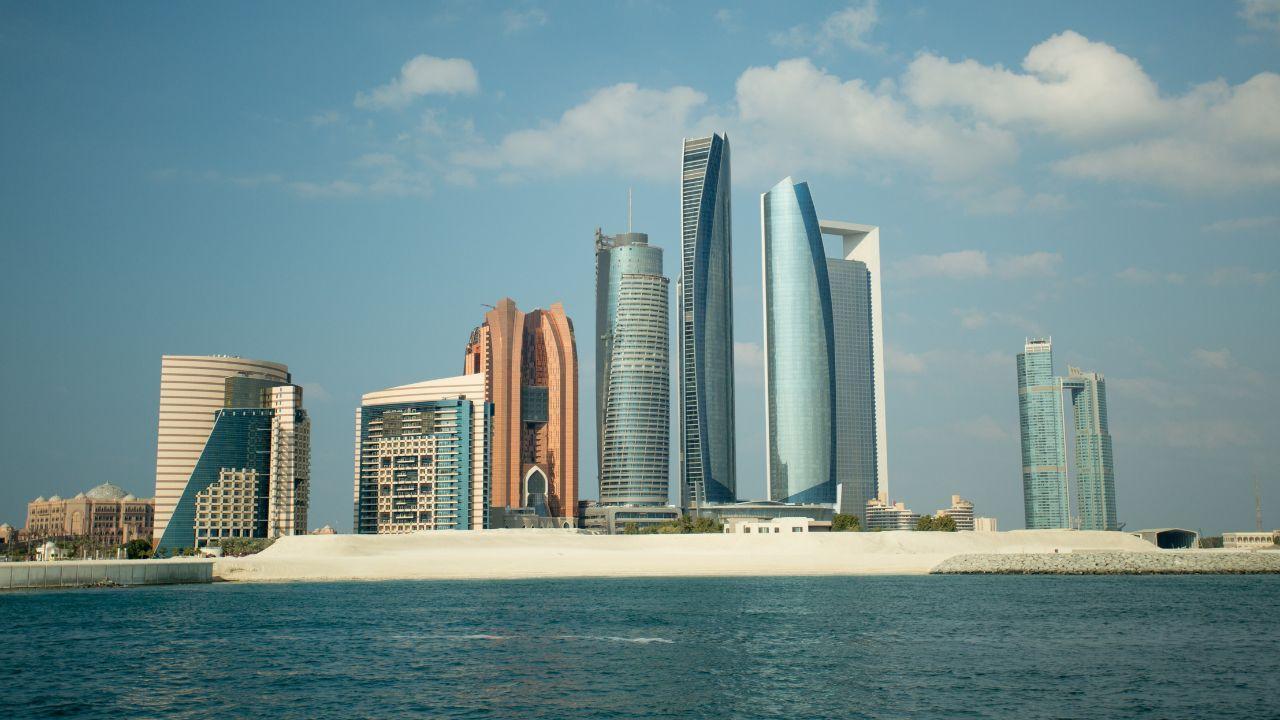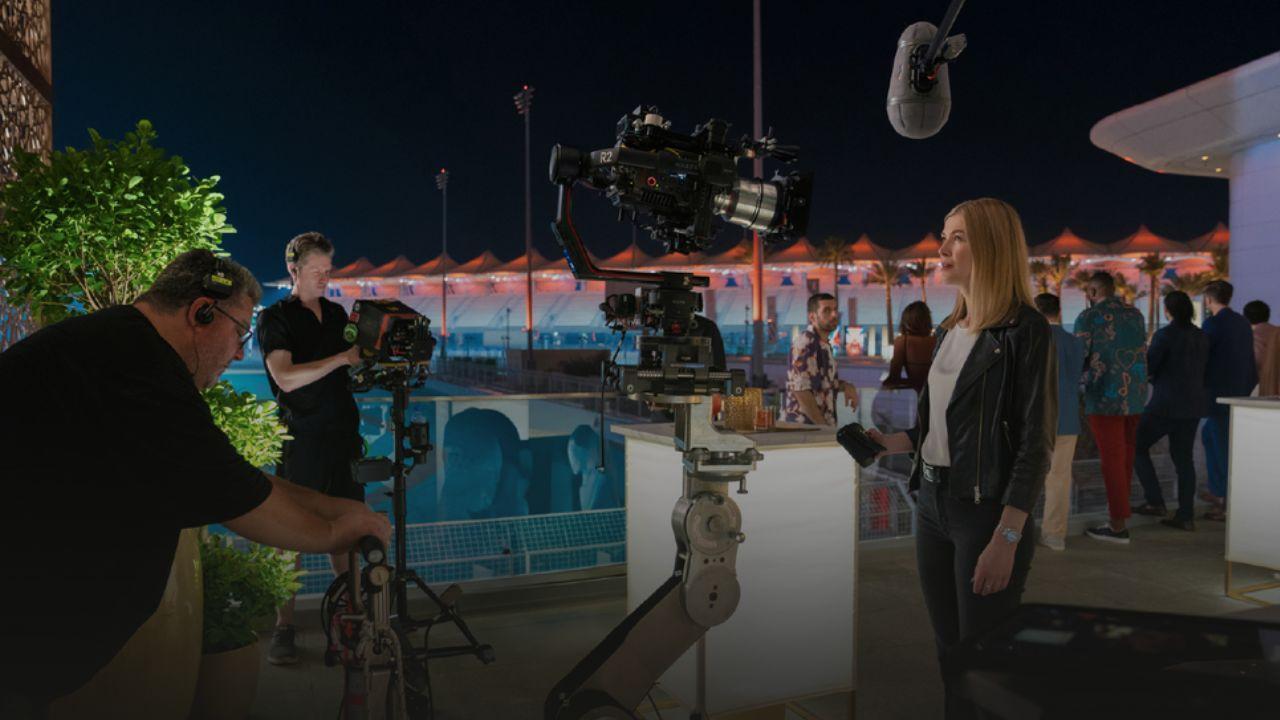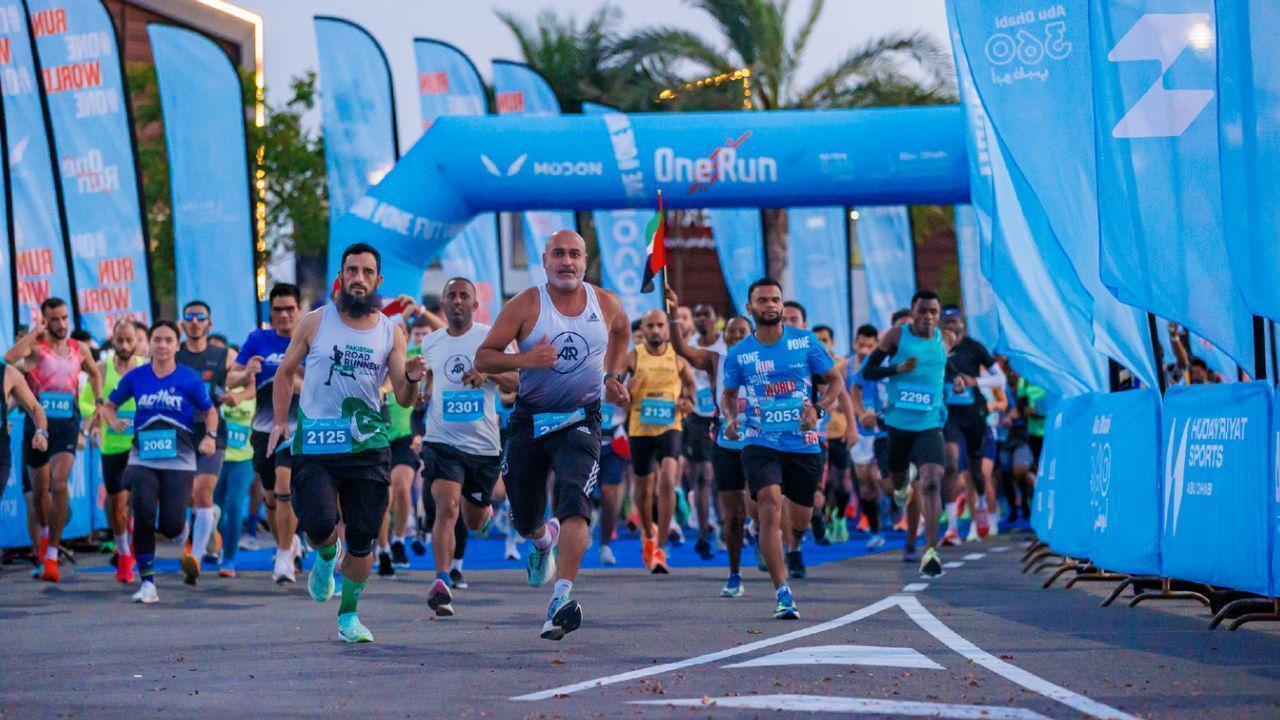
Post by: Zayd Kamal
The United Arab Emirates (UAE) is now known for its modern cities, skyscrapers, and thriving economy, but beneath this contemporary façade lies a rich history rooted in traditions such as pearl diving. Research paper on pearl diving in the UAE reveals the profound role this ancient practice has played in shaping the culture, economy, and identity of the region. In this article, we will explore the origins of pearl diving, its significance to the UAE, and how it contributed to the country’s development long before the oil boom.
Pearl diving has been an integral part of the UAE's culture and economy for centuries. Long before oil was discovered in the region, the sea was the primary source of wealth for the people of the UAE. The practice of pearl diving dates back to ancient times, with evidence showing that the earliest pearl fisheries existed over 7,000 years ago in the Arabian Gulf.
Pearl divers in the UAE were primarily from the Bedouin communities, who relied on the sea to support their families and communities. They used traditional methods such as hand-harpooning and diving without the aid of modern technology to gather oysters. These oysters contained valuable pearls, which were highly sought after by traders across the globe.
For much of the UAE’s early history, pearl diving was the cornerstone of the region’s economy. The pearls harvested from the Arabian Gulf were known for their exceptional quality and rarity, and they became a symbol of wealth and prestige. Traders from countries like India, Persia, and even Europe would come to the UAE to purchase pearls, contributing to the region's economic growth and prosperity.
Pearl diving was not just a profession but a way of life for many UAE residents. It shaped the social structure and lifestyle of coastal communities. Divers would spend months at sea, working together as a community, and the pearls they collected were sold to sustain their families. In fact, for hundreds of years, pearl diving provided the majority of the income for the UAE's coastal cities, particularly Dubai and Abu Dhabi, both of which became thriving trade hubs for the pearl industry.
The methods of pearl diving used by UAE divers were traditional and labor-intensive, requiring skill, strength, and bravery. Divers would use a large nose clip made from coconut shells or other materials to help them stay submerged underwater without the need for breathing apparatus. They would dive to depths of up to 30 meters, retrieving oysters from the seafloor using a small basket. Once back on the surface, the oysters would be opened to reveal the pearls inside.
The process was perilous, and the divers faced numerous risks, including drowning, attacks from marine creatures, and the harsh physical toll of repeated dives. Despite these dangers, pearl diving became a symbol of the UAE’s resilience and determination. It also fostered a deep connection to the sea, which remains an essential part of the UAE's cultural identity today.
By the early 20th century, the global pearl industry began to face competition from artificial pearls produced by the Japanese. This, combined with the rise of the oil industry in the UAE in the 1950s, led to the gradual decline of the pearl diving industry. As oil exports became the UAE’s main economic driver, pearl diving slowly faded into history.
However, the legacy of pearl diving remains strong in the UAE’s culture. The impact of pearl diving on the region’s economy and society is still evident today, particularly in the coastal areas where the practice was once widespread. Traditional pearl diving festivals are held in the UAE to honor this rich history, and many locals still engage in the practice for cultural and recreational purposes.
Despite its decline as an economic activity, pearl diving continues to hold cultural significance in the UAE. The practice is often referenced in literature, music, and art, and it remains a key part of the UAE’s heritage. Today, the UAE government and cultural institutions actively preserve and promote the history of pearl diving as an essential part of the nation’s identity.
For instance, the Dubai Pearl Museum, which showcases the history of the pearl trade, offers visitors a glimpse into the past, illustrating how the UAE's ancestors relied on pearl diving for survival and prosperity. Additionally, UAE’s National Heritage and Culture Festival celebrates the region’s cultural traditions, including pearl diving, through various events and exhibitions.
Furthermore, traditional pearl diving expeditions are sometimes reenacted as part of cultural celebrations, where modern-day divers experience the challenges faced by their ancestors. These reenactments help to preserve the spirit of the pearl diving heritage and educate younger generations about its importance in the history of the UAE.
This article provides an in-depth look at the research paper on pearl diving in the UAE, examining its historical, economic, and cultural significance. It traces the origins of pearl diving in the UAE, exploring how it became the cornerstone of the region’s economy long before the discovery of oil. The article also discusses the traditional methods used by divers, the risks involved, and the eventual decline of the pearl diving industry with the rise of oil and artificial pearls. Despite its decline, the legacy of pearl diving remains integral to the UAE’s cultural identity, and efforts are being made to preserve and celebrate this heritage through festivals, museums, and cultural events.
The information provided in this article is intended for general informational purposes only. DXB News Network does not guarantee the accuracy or completeness of the content and is not responsible for any decisions made based on the information presented. Readers are encouraged to verify details and conduct their own research for more specific or updated information. The views expressed in the article do not necessarily reflect those of DXB News Network.
#trending #latest #PearlDiving #UAEHistory #CulturalHeritage #EconomicImpact #TraditionalTechniques #UAE #OilIndustry #UAEHistory #CulturalLegacy #UAETraditions #breakingnews #worldnews #headlines #topstories #globalUpdate #dxbnewsnetwork #dxbnews #dxbdnn #dxbnewsnetworkdnn #bestnewschanneldubai #bestnewschannelUAE #bestnewschannelabudhabi #bestnewschannelajman #bestnewschannelofdubai #popularnewschanneldubai

A Lashkar-e-Taiba terrorist was killed and 2 soldiers injured in an ongoing encounter in Bandipora, Jammu & Kashmir, after the Pahalgam attack....Read More.

His Highness Sheikh Dr Sultan bin Mohammed Al Qasimi talks about Oman’s history and his book on Portuguese events in the Sea of Oman, with valuable insights....Read More.














Lashkar Terrorist Killed, 2 Soldiers Injured in Bandipora Encounter
A Lashkar-e-Taiba terrorist was killed and 2 soldiers injured in an ongoing encounter in Bandipora,

Now You See Me: Now You Don’t Film in Abu Dhabi with Stars
"Lionsgate’s 'Now You See Me: Now You Don’t' films iconic Abu Dhabi locations with stars like Jesse

Chinese Astronauts To Launch For Space Station
China’s Shenzhou-20 mission launches 3 astronauts to its space station. Crew to stay 6 months doing

Arsenal Draws 2-2 With Crystal Palace, Liverpool One Point Away
Arsenal's 2-2 draw with Crystal Palace leaves Liverpool one point away from winning the Premier Leag

Abu Dhabi to host global One Run race on May 24, 2025
Abu Dhabi will hold the One Run on Hudayriyat Island with races for all ages. Runners from 30+ count